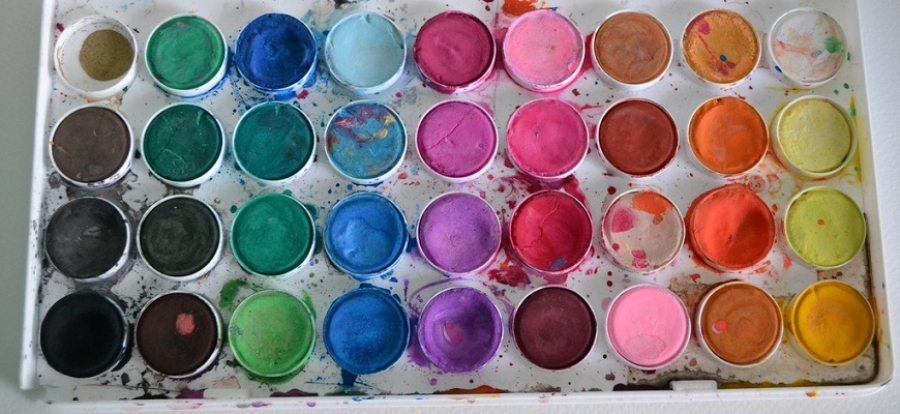In the UK, schools have done a lot to enact these scientific findings in the classroom. As it stands, children in England spend an average of 635 in the classroom each year, and about 16 hours a week, while children in Chile and Indonesia spend around twice this in the classroom.
Schools are doing more to extend the parameters of the learning experience, and frequently see lessons taking place in assembly halls, school fields and playgrounds, kitchens and music rooms. “Schools are doing more to extend the parameters of the learning experience.”Arts subjects are often the catalyst for taking a class further afield, and provide children with opportunities to break the mold of the regular classroom setting, and of what constitutes academic work. Infant- and junior-school age children can see particular benefit from expanding the possibilities of school in this way.
Arts subjects hold much more promise than simply getting children out of the classroom. They can help young children develop their skills and competencies in interesting ways, in a relaxed and pressure-free environment. These are some of the ways in which your children can grow and learn through art.
Independence and Confidence
Early experience in art instills useful character traits in children. Being allowed free rein to explore their interests and expand their creativity, without fear of what is considered ‘right’ or ‘wrong’, is a great way of teaching children to be independent in their designs and confident in their abilities. Once they realise that the world of art is open to their interpretation, they will feel more freedom to push their ideas and see what becomes of them. This also enables children to look critically at their own work and come to know what they expect of themselves and their abilities.
Social Interaction and Working Relationships
Artistic projects, particularly collaborative ones, tend to involve much more communication between classmates. Even if working on individual projects, children are likely to discuss their designs and share ideas with others, while further expanding their creativity by seeing the works of others and being introduced to new perspectives. Pressure-free arts projects are good ways to get children used to working with others and being open to suggestions, communicating as a group and taking turns.
Motor Skills
The development of children’s coordination and motor skills is something we easily take for granted as adults, but it is a lengthy process that takes practice, “Hand-eye coordination is developed through all sorts of seemingly-simple tasks.”and arts projects require children to exercise and build upon these skills. Hand-eye coordination is developed through all sorts of seemingly-simple tasks, such as drawing and creating shapes and painting within the lines; dexterity is greatly improved by fiddly activities like cutting out shapes with scissors and arranging embellishment like sequins. All of these small ways of polishing such skills are beneficial in many facets of younger children’s lives, helping them towards basic achievements like eating with cutlery and fastening buttons on their clothes.
Not only is Art a fun and liberating subject to study, it can also be used as an outlet for many other topics, from History and Geography to Mathematics and Science. Many children are found to be more responsive to learning-related images, and applying creativity to usually monotonous and studious subjects can see students engage with material at a much deeper level, processing it more efficiently and ultimately learning more.
Explore the ways in which you can apply art to other subjects on the curriculum. Invite children to make their own interpretations of famous paintings or sculptures; ask them to turn a famous historical event into an illustrated storybook; have fun with making mathematical graphs as eye-catching as possible; put together display boards for the classroom to help the children remember their word groups. There are so many ways to incorporate art into other studies that are enjoyable for students and teachers alike, that encourage the development of useful new skills, and that allow everybody to learn outside of the traditional classroom environment.
Want to receive cutting-edge insights from leading educators each week? Sign up to our Community Update and be part of the action!


















